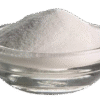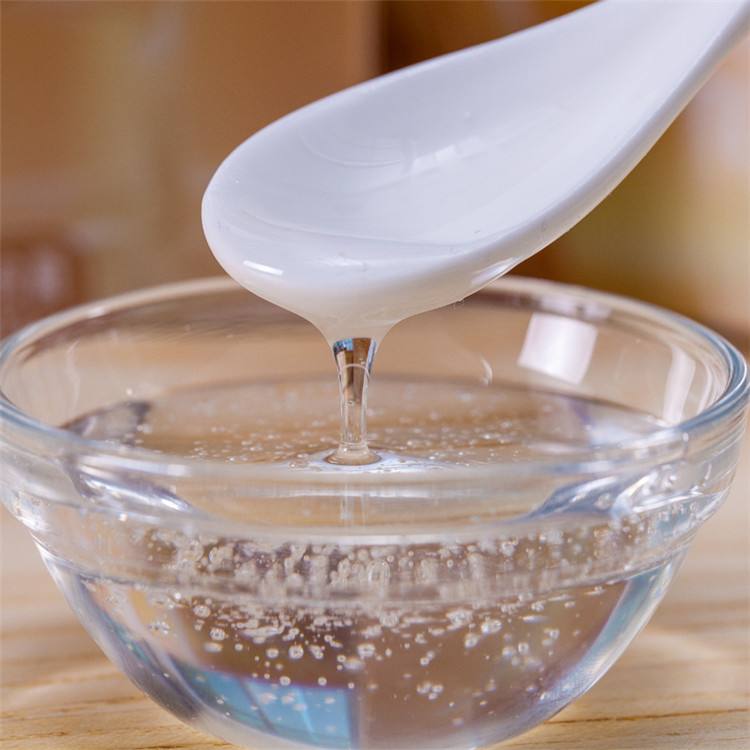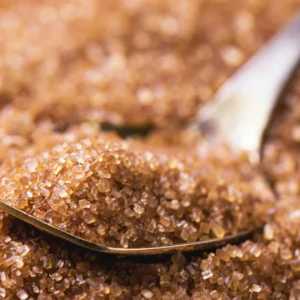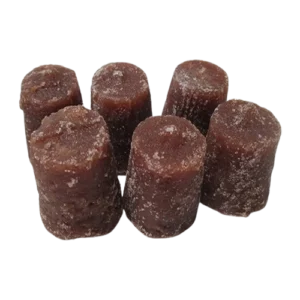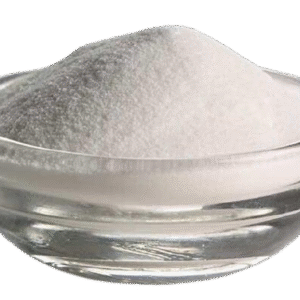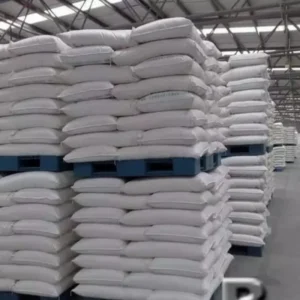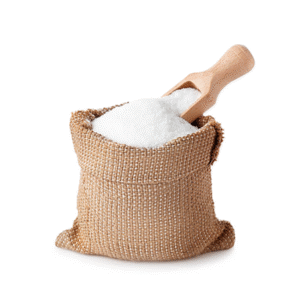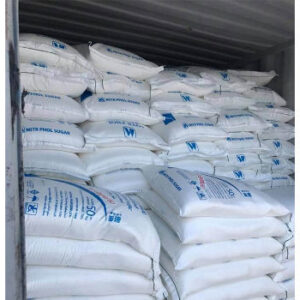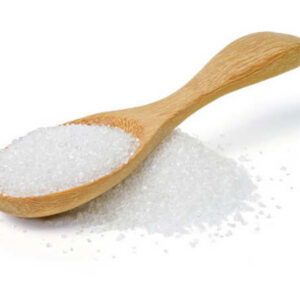Wholesale Natural Liquid Glucose Syrup
Our natural liquid glucose syrup is a versatile sweetener and humectant produced via enzymatic hydrolysis of food-grade starch. It blends smoothly, improves body and sheen, and helps manage moisture and crystallization—delivering dependable functionality across industrial food applications.
Why Choose Liquid Glucose Syrup?
- Moisture Management (Humectancy): Helps keep baked goods soft and reduces staling.
- Crystallization Control: Interferes with sucrose crystals to maintain smooth textures in candies, fondants, and syrups.
- Texture & Viscosity: Adds body and mouthfeel to sauces, fillings, beverages, and dairy.
- Milder Sweetness: ~30–50% of sucrose sweetness for balanced flavor or sugar-reduced formulas.
- Freezing Point Depression: Produces creamy, less icy frozen desserts.
- Shelf Life Support: Helps prevent drying, fat/sugar bloom, and quality loss over time.
How It’s Made
Edible starch is liquefied and hydrolyzed with food enzymes (e.g., amylase, glucoamylase, pullulanase). The syrup is then filtered, decolorized, and concentrated to targeted specifications—yielding consistent, high-clarity glucose syrups ready for food production.
Grades (DE) & Typical Use
- 42 DE: Humectant with mild sweetness—great for bakery, cereals, and fruit preps.
- 63 DE: Balanced sweetness/viscosity for confections, beverages, sauces.
- 90–96 DE: Higher sweetness for jams, jellies, candy, and premium desserts.
Key Specifications
| Item | Standard |
|---|---|
| Description | Colorless to pale-yellow, clear, viscous liquid; free from visible impurities |
| DE Value | 40–44 (standard); 63; 90–96 available |
| Dry Solids | ≥ 84% |
| Solubility | ≥ 98% |
| pH (20 °C) | 4.5–6.5 (application-dependent) |
| Ash | ≤ 0.4% |
| SO2 | ≤ 40 ppm |
| Pb | ≤ 0.5 ppm |
| As | ≤ 1.0 ppm |
| Total Plate Count | ≤ 100 cfu/g |
| Coliforms | ≤ 30 cfu/100 g |
| Pathogens | Not detected |
| Typical Moisture | 15–23% |
| Shelf Life | Up to 24 months (sealed, cool, dry) |
Series & Availability
Food-grade liquid glucose offered in common solids levels: 78, 80, 81, 82, 83, and 84 (w/w), with DE profiles aligned to your process needs.
Recommended Usage Levels
| Application | Typical Addition Rate | Primary Benefit |
|---|---|---|
| Cakes / Muffins | 5–10% | Moisture, softness, shelf life |
| Cookies / Bars | 2–5% | Chewiness, reduced breakage |
| Bread / Dough | 2–5% | Humectancy, yeast nutrition |
| Sauces / Dressings | 5–10% | Viscosity, cling, sheen |
| Fruit Fillings | 10–20% | Anti-weeping, stability |
| Beverages | 2–5% | Mouthfeel, mild sweetness |
| Frozen Desserts | 5–15% | Smoother texture, fewer ice crystals |
| Caramels / Confections | 20–40% | Crystallization control, body |
Applications
- Bakery: Cakes, cookies, muffins, breads, glazes
- Confectionery: Caramels, gummies, toffees, fondants
- Beverages: Soft drinks, energy drinks, alcoholic RTDs
- Dairy & Frozen: Ice cream, yogurt preps, novelty desserts
- Sauces & Culinary: BBQ, dressings, marinades, dessert sauces
- Fruit Systems: Jams, fillings, canned fruits
- Chocolate & Coatings: Bloom control, gloss, texture
Packaging & Shipping
- Bulk Formats: Food-grade totes/IBCs, drums, pails; road tankers and ISO tanks for large volumes.
- Sealing & Hygiene: Tamper-evident closures, lot coding, CoA per batch.
- Storage: Cool (15–25 °C), dry, away from direct sunlight; reseal after opening.
Quality & Documentation
- Certificate of Analysis (per lot)
- Food Safety: HACCP / GMP / ISO 22000 (as available)
- Optional: Non-GMO statement and allergen status
- Logistics Docs: Inspection Certificate (SGS/Intertek), Weight Certificate, Packing List, Certificate of Origin, Phytosanitary (as required), Fumigation (if applicable), Laboratory Analysis Report, Bill of Lading, Commercial Invoice
Purchasing Guidance
- Select the DE grade to match desired sweetness, viscosity, and crystallization behavior.
- Confirm regulatory & labeling needs (Non-GMO, allergen, country-of-origin).
- Choose optimal packaging (tote, drum, pail, bulk tanker) for your line size and handling.
- Leverage technical support for process tuning and formulation targets.
Partner with us for a dependable supply of wholesale Natural Liquid Glucose Syrup. We align grade, solids, and packaging to your application—backed by robust documentation, competitive pricing, and reliable global logistics.
FAQs
What is it made from? Food-grade starch (corn, wheat, tapioca, or potato) processed with enzymes.
How does it differ from HFCS? Liquid glucose is primarily glucose; HFCS contains significant fructose and is sweeter.
Typical use levels? Generally 2–20% depending on product; see table above.
Is it natural? Yes—produced from edible starch using food enzymes; no artificial sweeteners.
Calories vs. sugar? Similar (~4 kcal/g), but supports reduced-sucrose formulations and functionality.
Note
* Available upon request filled in PP bags or liquid bulk, with appropriate markings for different grades.

